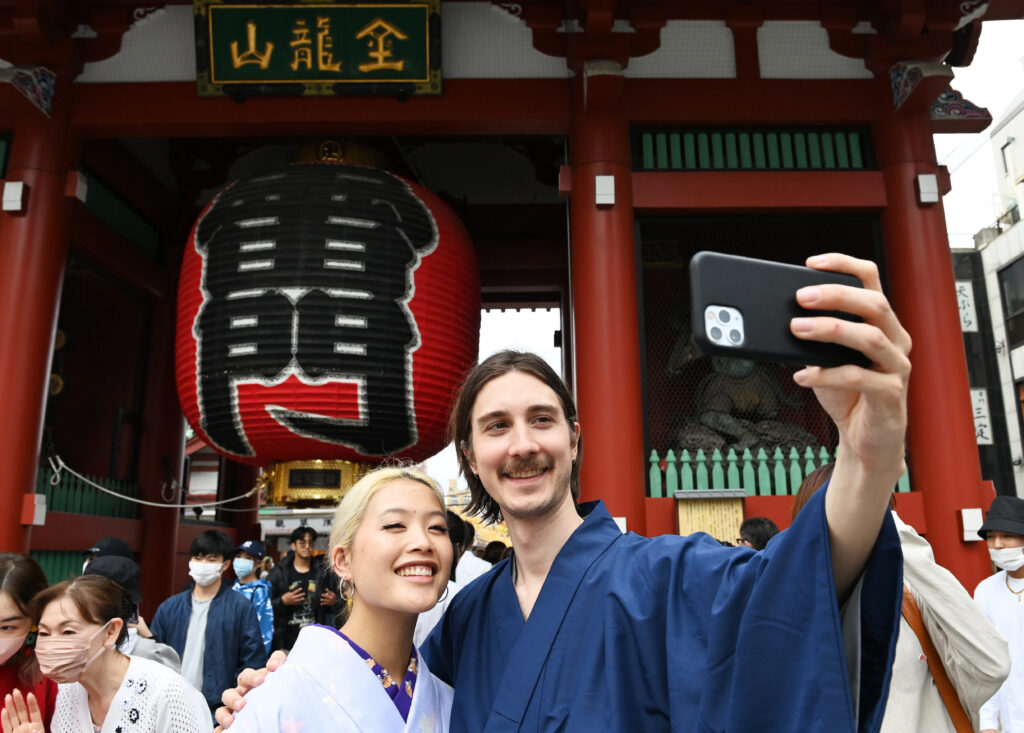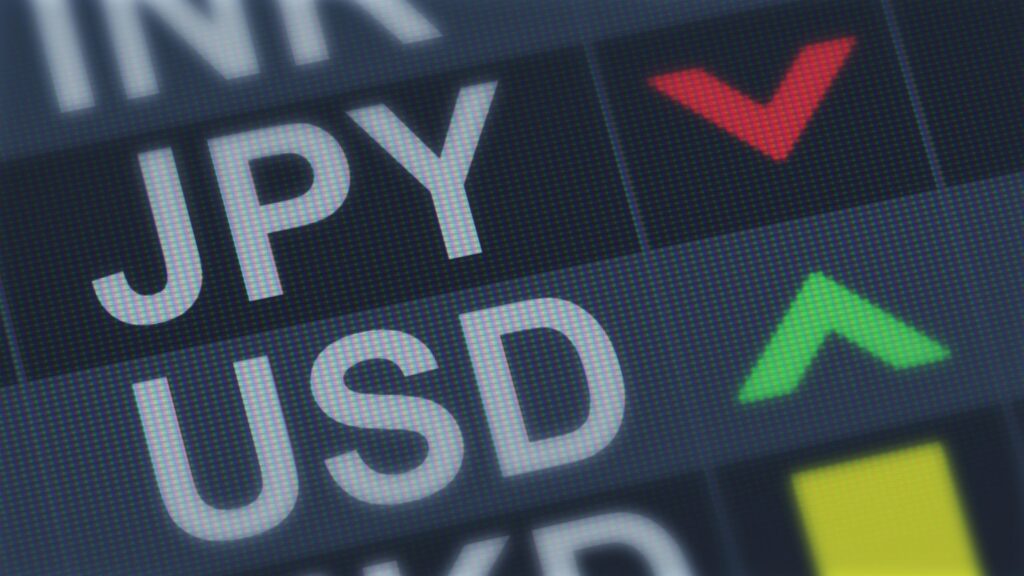
The Japanese government has implemented various regulations for about 2 years and 7 months since March 2020 due to the COVID-19 pandemic, and since October 11 this year, it has allowed 68 countries, including Korea and the United States, to enter without visas. Since June this year, the policy of allowing only group tours has also changed, enabling personal free travel. The measure also abolished the daily limit on the number of inbound travelers, which had been maintained at 50,000 a day. However, the 3rd vaccination certificate must be submitted, and the 2nd vaccination and the non-vaccinated must bring the PCR test negative confirmation received within 72 hours before boarding. If there are no suspected symptoms of COVID-19, PCR tests are not performed on the day of entry.
Japan, the world’s third-largest economy, was one of the last Asian developed countries to restrict entry as part of COVID-19 quarantine measures. Japan has the lowest COVID-19-related mortality rate among the world’s rich countries, and the vaccination rate is at the top. The Japanese authorities did not implement mandatory containment measures or mask-wearing policies, but the people cooperated relatively easily with quarantine measures.
However, in accordance with the Japanese government’s visa-free entry policy, the inflow of overseas travelers is expected to increase, which is expected to revitalize the Japanese local economy.
In addition, the Japanese government will support domestic travel costs for Koreans to revive their tourism, and will implement a policy to discount admission fees for theme parks, sports events, and concerts from that day. Through the “National Travel Support” policy, up to 8,000 yen per night for travel, which is a package of transportation and accommodation, up to 5,000 yen per night for reservations, 3,000 yen on weekdays and 1,000 yen on holidays. This is similar to the policies implemented by other countries in that it aims to encourage the consumption of the Japanese people and revitalize the economy.
On the other hand, any country’s depreciation of its currency against the U.S. dollar, that is, a rise in the exchange rate, is advantageous for welcoming foreign tourists and attracting overseas investment. At the same time, import prices have risen, which is also disadvantageous. The yen’s value marked the biggest decline against the dollar this year. Although the recent decline has stopped, it still fell more than 21% compared to the end of last year. As the yen’s value fell the most among major currencies, the Japanese government is emphasizing its intention to boost the economy by utilizing the yen’s weakness. A case in point is attracting foreign tourists.
One of the industries that has recently improved the atmosphere in Japan is department stores. The department store industry suffered a triple whammy of sluggish domestic demand, the spread of online shopping, and the spread of COVID-19. It was a representative recession industry, with sales (4.42 trillion yen) falling to two-thirds last year from 10 years ago.

However, sales of department stores surged recently as Japan resumed visa-free tours to Korea, the United States, and Taiwan. Based on duty-free sales, sales at Daimaru Matsuzakaya Department Store increased 5.9 times last month from a year ago. Mitsukoshi Isetan Department Store also increased by 4.9 times. It recovered to 60-70% of monthly sales in 2019 before the spread of COVID-19. About 30% of foreign tourists visit the Gotemba Premium Outlet near Mount Fuji, Japan’s largest outlet store, compared to just before COVID-19. The recovery is not expected as Chinese, who were the largest buyers in the past, failed to come due to strict quarantine control, but most foreign visitors are satisfied with the low price. One Taiwanese customer said, “The price of shoes such as Nike and Fendi is twice as high in Taiwan.” A tourist from Indonesia also welcomed, saying, “I was surprised that the bag of the brand I wanted to buy was about 50,000 yen in Indonesia, but it was sold for 30,000 yen here.”
According to the Japan National Tourism Organization (JNTO), 498,600 foreign tourists visited Japan during the month of October this year. It surpassed the 206,500 mark a month ago. In particular, South Korea (122,900) topped the list, beating the United States (53,200). JNTO said, “We are actively promoting the opening of joint advertisements with airlines and travel agencies such as Korea and Taiwan, which were limited to COVID-19, and holding travel fairs.”
MIKE CHOI
ASIA JOURNAL

